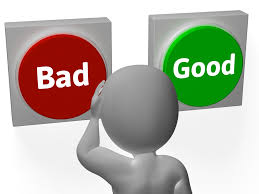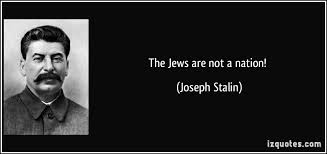There is a social media page titled “Justice for Harambe,” Harambe being the gorilla that was shot to death in the Cincinnati Zoo after dragging around a 3-year-old boy who had slipped into its enclosure. The page’s description says it was created to “raise awareness of Harambe’s murder.” Within hours of its posting, the sentiment was endorsed by more than 41,000 people.
Over in the Netherlands, a woman in her 20s was recently cleared by the Dutch Euthanasia Commission for assisted suicide, because of “incurable post-traumatic-stress disorder” brought about by abuse she suffered as a child. Although she had experienced improvements after intensive therapy, the doctors judged her to be “totally competent” to end her life.
And Shavuos is coming.
That was not a non sequitur. Because the first day of Shavuos, zman mattan Torahseinu, falls on the first day of next week. Had the Tzaddukim and Baitusim been successful in their quest to fix the date of Shavuos, however, it would always fall on that day. Still confused about the connection?
It’s subtle but clear. During the Bayis Sheini era, those groups asserted that it would best serve people’s needs to have two consecutive days of rest and feasting: Shabbos and, immediately thereafter, Shavuos. (In Eretz Yisroel, of course, Shavuos is observed on a single day.) And so they advocated amending the mesorah.
Although they provided a textual “basis” for their innovation, the Gemara (Menachos 65b) explains that their real motivation was their sense of propriety – two days in a row of rest just seemed “right.”
But the mesorah states otherwise, that the phrase “mimochoras haShabbos” in the passuk that tells us when to begin counting Sefiras HaOmer, does not mean “the day after Shabbos,” but rather the day following the first day of Pesach. And so, Shavuos can fall on days other than Sunday.
The desire to supplant the mesorah with what “seems” to “enlightened minds” more appropriate appears to be a theme of Tzadduki-ism. The group also advocated a change in the Yom Kippur avodah, advocating that the ketores brought in the Kodesh Kodashim be set alight before the kohen’s entry into the room, rather than afterward, as the mesorah teaches.
Although here, too, they mustered scriptural “support,” the Tzadukim were in fact motivated, the Gemara explains, by “what seemed right.” To wit, they argued, “Does one bring raw food to a mortal king and then cook it before him? One brings it in already hot and steaming!”
In both the date of Shavuos and the avodas Yom Kippur, the mesorah was defended assiduously by the Perushim, the champions of the Torah Sheb’al Peh. The Tzaduki mindset, however and unfortunately, lives on.
The perceiving of animals as equals to humans – based on the perception of humans as mere animals – seems “right” to many. The celebrated philosopher Peter Singer famously contended that “The life of a newborn is of less value than the life of a pig, a dog or a chimpanzee.”
That same outlook sees the ending of an adult human life as a simple matter of “choice,” to be exercised by an individual as he or she sees fit. Professor Singer has in fact advocated the killing of the severely disabled and unconscious elderly.
Such placing of mortal etiquette – “what seems right” – above the received truths of the Torah stands in precise opposition to the message of Shavuos, when our forebears declared “Naaseh v’nishma” – “We will do and we will hear.”
That is the quintessential Jewish credo, the acceptance of Hashem’s will even amid a lack of our own “hearing,” or understanding. “We will do Your will,” our ancestors pledged, “even if it is not our own will, even if we feel we might have a ‘better idea’.” Call it a declaration of dependence – of our trust in Hashem’s judgment over our own.
And so, as we approach Shavuos amid a marketplace-of-ideas maelstrom of “ethical” and “moral” opinions concerning myriad contemporary issues – not only in the larger world but even in the Jewish community, even in groups calling themselves “Orthodox” – we do well to pause and reflect on the fact that our mandate is not to “decide” what seems right to us, but to search, honestly and objectively, for the guidance of our mesorah.
When we choose to do that, with sincerity and determination, in our personal lives and our communal ones alike, we echo our ancestors’ words at Har Sinai, declaring, as did they, that man is not the arbiter of right and wrong; our Creator is.
© 2016 Hamodia









